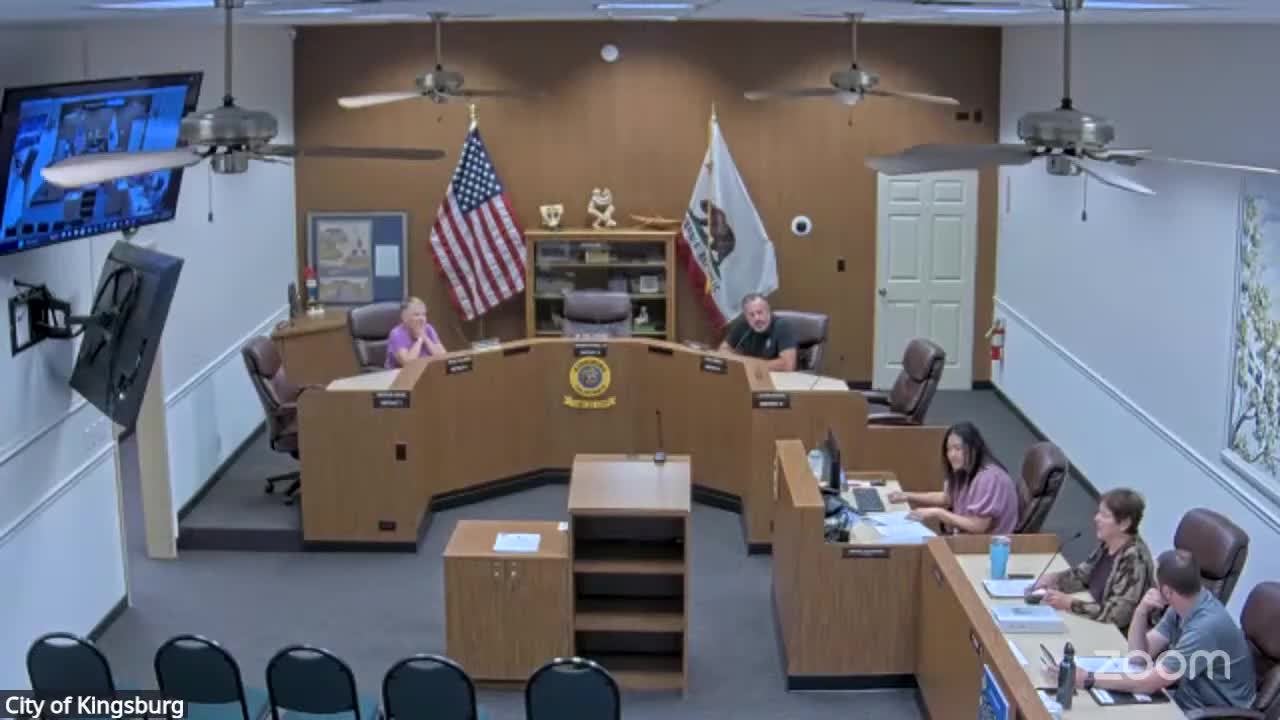The move is partly a response to state legislation and city housing programs: “Objective means objective,” Owen said, explaining that standards must be measurable, verifiable and free from personal judgment so applicants and reviewers know what is required. She cited Senate Bill 35 as a key driver for the state's emphasis on such standards.
Owen said the objective standards would apply primarily to multifamily parcels outside of Kingsburg's form-based code area (e.g., parcels north of Sierra) and could be based on existing documents such as the form-based code and the North Kingsburg Specific Plan. “This is the enforceable way to do this,” she said, adding that the standards would be adopted by resolution so the city could update them as needed.
The Commission's discussion focused on the types of measures that objective standards could include. Owen described specific, measurable elements that designers commonly use: façade articulation and mass breaks, rooftop mechanical screening, sidewalk and pathway dimensions, and material consistency for ADUs. She called for the use of graphics and scorecards to help applicants comply with the requirements.
A commissioner asked whether pre-designed ADU plans might be required to match the primary residence's roof material or other features. “That is a question we will consider,” Owen responded, saying staff hopes to include a small set of ADU-specific objective standards. AJ O'Connell, the city's building official, said the approach is consistent with the way the city already applies objective zoning and construction standards for ADUs: “When we issue a building permit for these pre-approved plans, they have to meet those standards. Those are objective standards. We go out there. We measure it 5 feet. That's it.”
Owen explained why the city is taking a cautious, measured approach: Objective standards can reduce ambiguous, subjective findings about “neighborhood character” that are difficult to defend in a legal challenge, and can help ensure more consistent outcomes on similar projects. She pointed out that the city's housing component lists many programs (in reviewing the spreadsheet, she said “about 144”) and that adopting objective standards is one way to implement those programs while remaining consistent with state law.
Staff explained the next steps and timeline. Owen said the city received draft resources from the Fresno Council of Governments Circuit Planning Group and another advisory manual; Staff will include these materials in the package for commissioners to review. The commission and staff agreed to set the objective standards for multifamily housing at the next available Planning Commission meeting after the holidays, with Owen citing Jan. 8 as the likely date to return a draft for detailed discussion.
Owen also pointed out that objective standards are adopted by resolution rather than embedded in the zoning ordinance, making them easier to revise over time. She said staff would ask the commissioner for feedback on the depth of the standards (e.g. whether to require a specific numerical articulation frequency per building length or whether to use checklists/graphics) and come back with draft text and illustrations.
The presentation included briefer project updates (Swedish Village, a Union 76 site, a Sinclair Station redevelopment, the Aragon Building/Westar Construction headquarters, a temporary retail occupancy by Morgans Flooring and the WAVO site), but these were described as status notes rather than matters that require immediate political action.
Next Steps: Staff will publish the advisory materials and form-based code references for commissioner review, prepare draft objective standards (including a limited set for ADUs), and return to the Planning Commission in January for a substantive discussion. Members and the public may email questions to Owen as staff prepares the draft standards resolution.
